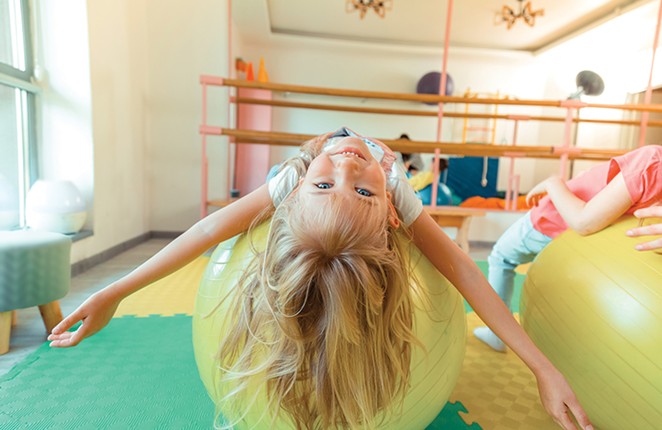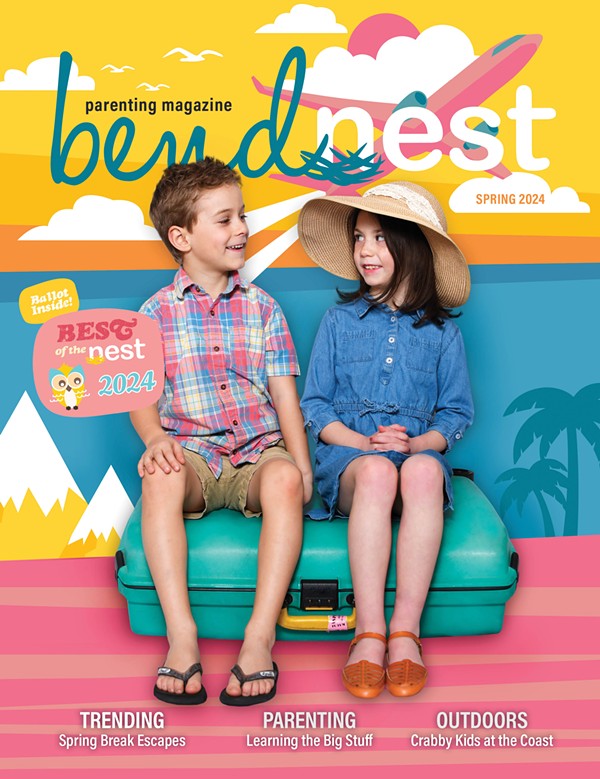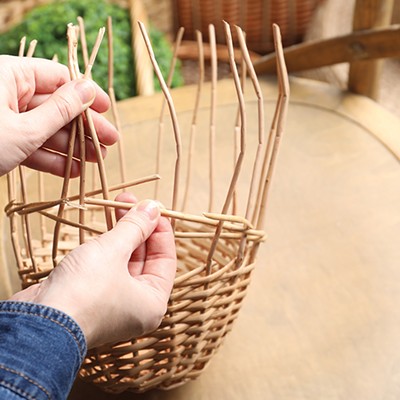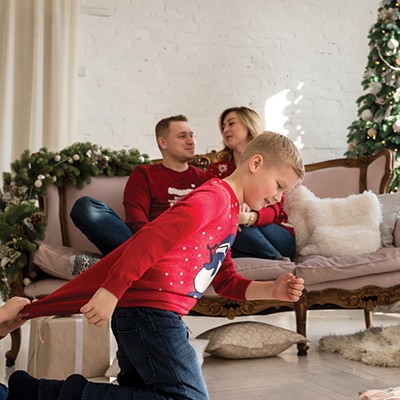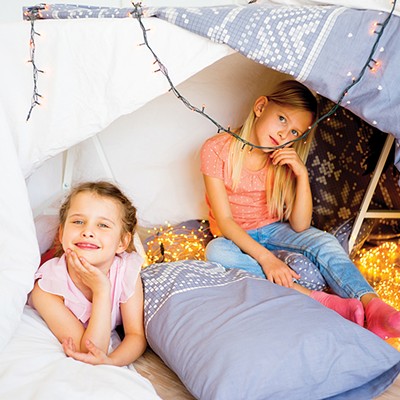Children are perpetually on the move! From their first wobbly steps as toddlers, kids are always growing and developing in exciting new ways. Parents can support this healthy gross motor development by being intentional about which toys they bring into the home based on age and developmental stage.
Child development experts agree that strong and coordinated gross motor skills are foundational for a child's overall health and well-being. These are the skills that children develop by using their whole bodies for big movement tasks like walking, running and climbing, as opposed to fine motor skills, which utilize small muscles in the hands, wrist and face to do things like hold a pencil or brush teeth.
All children need to develop confidence in their ability to securely move their bodies. This can be difficult for some children, whether due to a lack of coordination, strength or emotional issues, such as anxiety or fear. Fortunately, parents can help their children overcome these challenges by providing a supportive environment that allows for safe risk-taking and exploration.
INFANCY (0-12 Months):
- Padded play mat
- Activity gym
- Ball pit
As your baby begins discovering their body, it's best to focus on simple toys that encourage them to scoot, roll and crawl their way across the floor.
Laying down a padded play mat and providing every day sensory objects that make noises, such as spoons or mason jar lids, will encourage little ones to move their arms and trunks to make music as they reach for these intriguing objects.
A more extensive version is an infant activity gym, which includes a soft arch over a mat with mirrors, noisemakers and dangling objects that help babies build their tummy time as they reach and grab for the toys.
Another great choice is a small ball pit filled with soft, plastic balls. Babies love to use their whole bodies to explore the sensation of moving among the balls!
TODDLERHOOD (1-3 Years)
- Climbing toys
- Crawling toys
- Balancing toys
As your baby moves into the toddler phase and begins walking, now is the perfect time to introduce safe climbing and crawling toys that help develop muscle tone and body confidence.
The Pikler triangle, named after Dr. Emmi Pikler, who started the Resources for Infant Educarers parenting method, has become wildly popular among the Montessori set, and for good reason.
These simple little wooden climbers offer toddlers the opportunity to pull themselves up by their arms and then to take their first steps up an inclined ladder. The expression of achievement when they finally climb up and over the top for the first time is priceless!
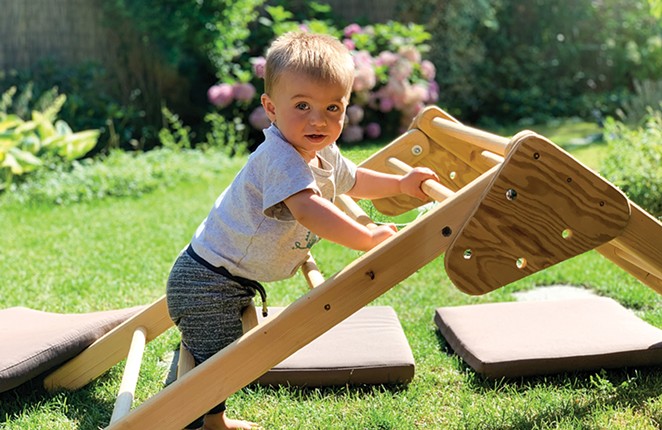
You can also add on wooden ramps, with or without bubble-shaped handholds on which toddlers can climb or slide down.
Another great choice is a soft play tent tunnel, which toddlers love to crawl through as they learn to coordinate their cross-body leg and arm movements. Some tunnels can attach to small tents and be used to create an entire obstacle course!
A small wooden balance beam that's been sanded and is only inches from the ground is another great choice for helping toddlers develop balance and coordination. Likewise, a wobble board or boat rocker also helps build core muscle strength and foster body curiosity.
EARLY CHILDHOOD (4-6 years)
- Obstacle courses
- Mini trampoline
- Moving house
As your little one moves securely out of toddlerhood and into early childhood, now is the time to challenge their capacity and encourage open-ended gross motor play.
Utilize the potent play power of an obstacle course to help your child's development by using everyday objects such as plastic crates, wooden planks, hula hoops, cones, blankets, sidewalk chalk, etc. Children love inventing entire worlds out of jumping in and out of hula hoops on the ground or zig zag running between cones.
A mini trampoline is a great investment, as it encourages jumping, bouncing and even flipping somersaults on the attached safety handlebar. Unlike its larger cousin, which is known for its risks, the mini version that's only inches from the ground tends to be much safer, not to mention takes up a lot less space in the playroom.
Lastly, the UK government recommends an activity called "moving house," where children act out what it's like to move homes by wrapping various things up, putting them in boxes and carrying them across the room to take them to their "new house." "Moving house' play supports the development of muscular strength, core strength, whole body coordination and the ability to carry objects safely," according to the Help for Early Years Providers of UK.gov.
MIDDLE CHILDHOOD (7-9)
- Geometric dome climber
- Seesaw
- Gaga ball pit
Just because your child has entered elementary school doesn't mean it's time to give up gross motor play. On the contrary, it's important to keep kids active and moving so they continue to develop core muscle strength and bodily confidence that will also help their social-emotional development.
If you can't afford or don't have space for an entire swing set in your backyard, consider investing in a geometric dome climber, which has a smaller footprint but just as much play value when it comes to climbing and hanging.
Another great choice is a seesaw, especially if you have a sibling set, as this toy requires two at a time. Modern versions not only bounce up and down, but also operate with a pivot in the center so the entire seesaw can swing round and round, which requires multiple leg muscles to coordinate.
If your child has a couple of playmates who frequently visit, you'll be the bell of the neighborhood with a gaga ball pit. These octagonally shaped structures encourage children to leap, jump, run and bend down as they toss the ball towards their friends' legs to tag them in the game.
With all of these great options, your child will surely thrive as they grow into strong and capable movers!
Motor Skills
Gross motor skill milestones for toddlers according to the CDC:
12 months:
- Pulls to stand and walks holding furniture (often called cruising)
- Begins taking steps
- May stand alone
18 months:
- Walks alone; may walk up steps and run
- Pulls toys when walking
- Can help undress themself
2 years:
- Stands on tiptoe
- Kicks a ball
- Runs
- Climbs onto and down from furniture and walks up and down stairs
- Throws ball overhand
3 years:
- Climbs well
- Runs easily
- Pedals a three-wheel bike
- Walks up and down stairs, one foot on each step

